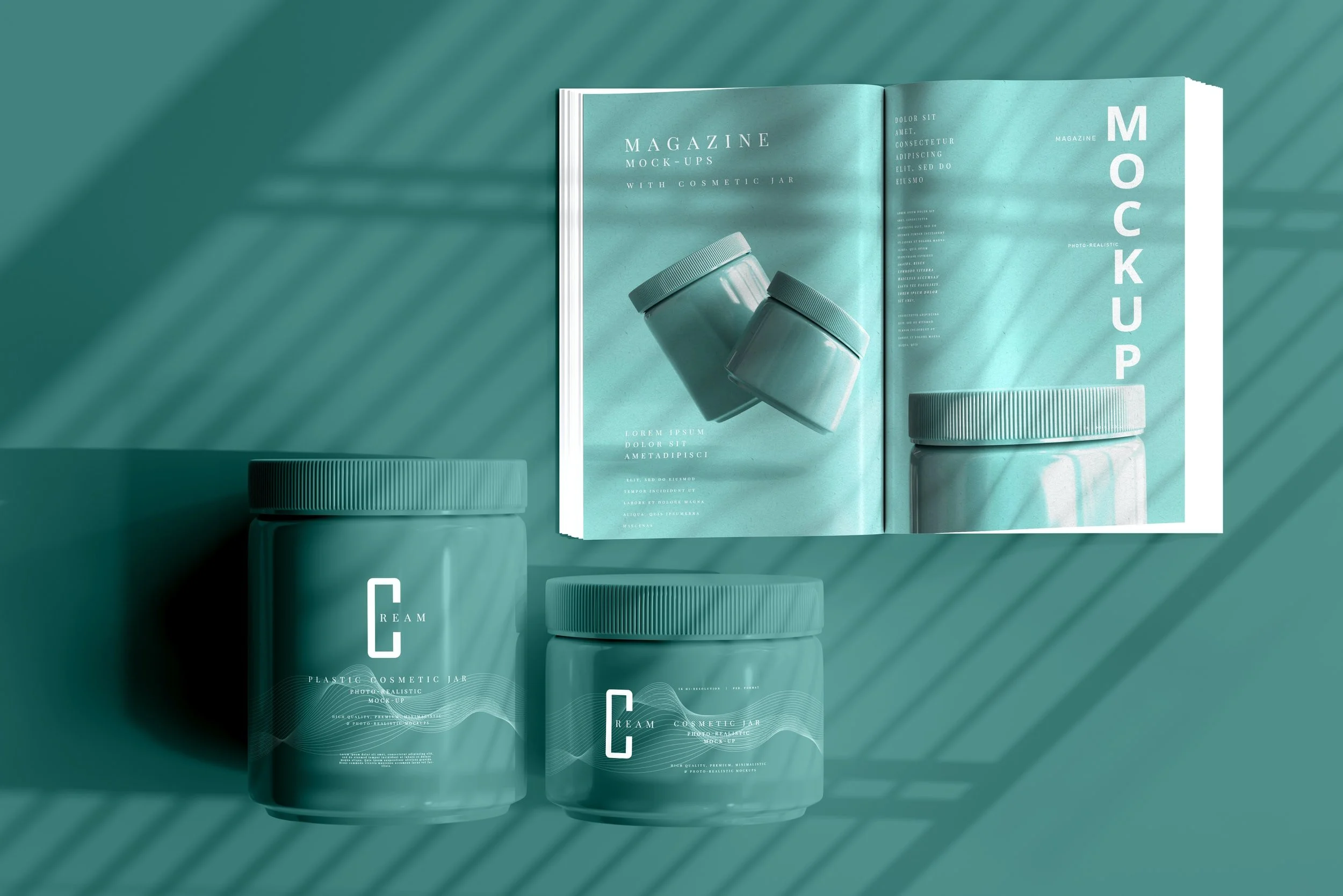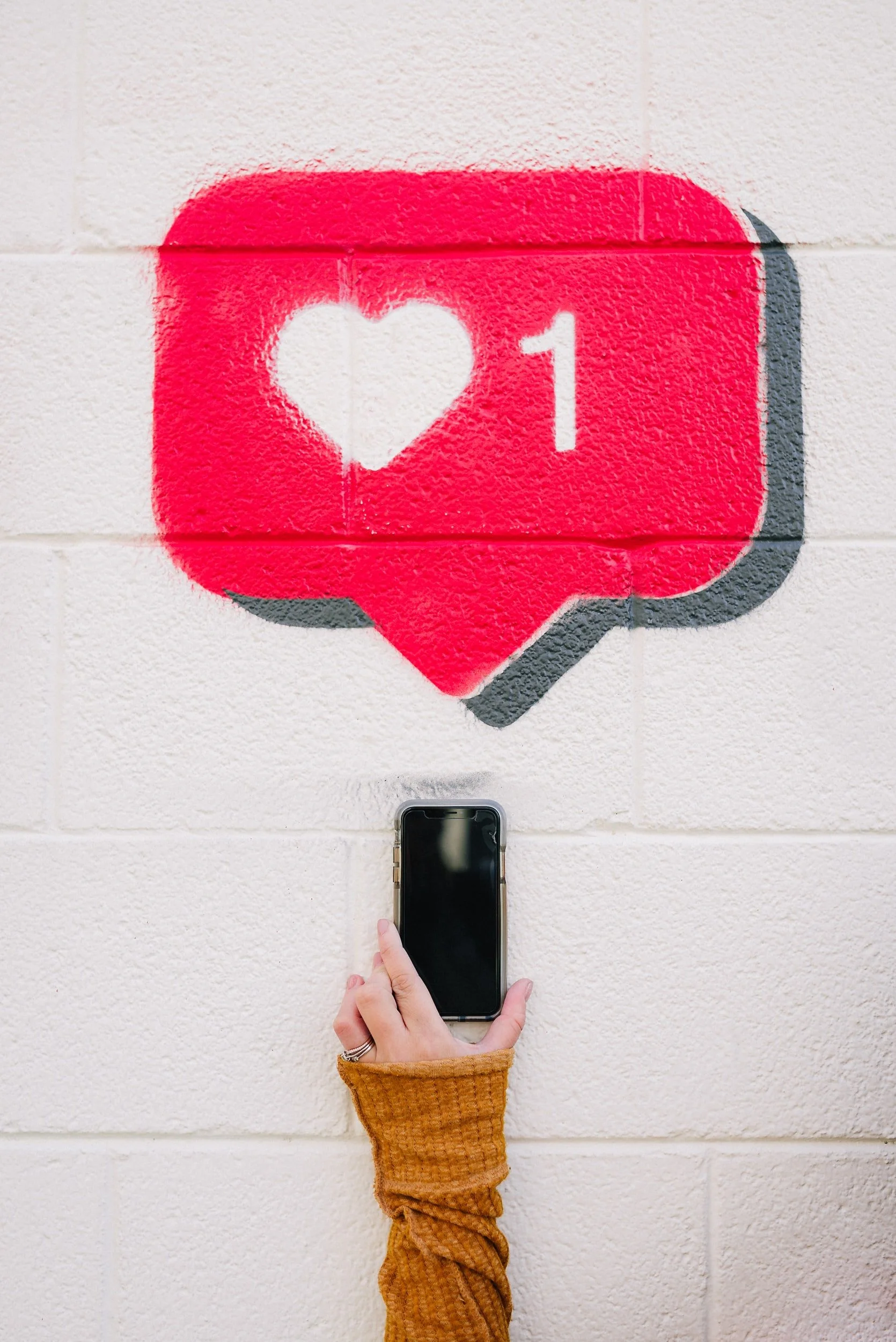How to Plan the Perfect Holiday Marketing Campaign: A Checklist to Help You Get Started
Have any questions?
Just contact us below, our
team is always ready to help.
Who is excited that the holidays are arriving? We sure are! If you sell products or services, it’s time to start preparing for your holiday campaign! If you haven’t already launched your holiday campaign, we have a full guide to help you start.
Holiday campaigns are a fantastic way to increase consumer engagement with your brand and bump up your sales for that period. It doesn’t matter what industry your brand is in. Whether you’re in fashion, food, technology, or more, holiday marketing campaigns can highly benefit your business.
Holidays are times of the year where many individuals are shopping for their friends and family/ If you can successfully market your product or service based on the theme of the holiday, consumers will be more likely to notice your brand and purchase your product or service.
According to Adobe’s annual digital insights holiday report, major holiday weekends can boost sales by a whopping 200%! In this guide by our team at Bold x Collective, we’ll go through all the major parts of your holiday marketing campaign checklist.
1. Creative Concept
The first step of your holiday marketing campaign should be your creative concept. A creative concept includes your theme, in this case, the theme is the holiday season.
When you think of your theme, you must consider what colors should be used, what props you will require, and the overall design. For example, during Christmas, you definitely want to use colors that represent this time of the year, which are typically red, white, and green or blue accents. You could create promotional graphics that contain these colors or use these colors in your email marketing campaign design.
You also want to plan the emotions you want your consumers to feel when looking at your theme. Going back to Christmas, you may want to evoke the feeling of giving and happiness. And that is where your theme comes into play – color psychology, music, branding and much more are key components to consider.
Focusing on just a few main products and services is key. People want to feel what they’re buying is special and if everything your brand has to offer is now suddenly based on the holiday, then the products lose that unique attribute. You should choose a few that are worth it to make special. For example, when it comes to a candle business, you could make a gingerbread scented candle that is exclusive to the holiday. Customers would know that it’s only a seasonal or holiday product and will be more enticed to buy it.
2. Metrics and goals
As a marketer, I always tell all my clients, their goals must always be SMART.
For those that don’t know the concept of SMART goals, you must focus on the following:
Specific
Do you know when managers get employees into a room and give them goals or numbers in terms of sales to achieve? Well, there is a science to this. If you set goals that can be measured in numbers, it helps you reach that bar you set for yourself or others.
Measurable
The goals you specify should always be able to be measured numerically so you know whether they were a success, a failure, or just broke even. This can be done by using analytical tools like Google Analytics.
Attainable
Your goals should always be realistic. Yes, being positive is good, but you must be realistic and ensure that your goal can be reached.
Relevant
Your goals should always be aligned with your business.
Timely
Set times or periods in which you believe you will achieve your set goals and continue to do full evaluations consistently.
3. Marketing Collateral
This is the point where you are getting all the materials you need ready for your campaign.
The first step of creating marketing collateral is your special offer. Finding the right special offer is key to a successful holiday marketing campaign. For example, are you offering 20% off your entire store during the campaign? Or are you giving all your users a free gift with every order? Have a special offer that will make your viewers become customers.
The next step is to make a checklist for all the possible marketing collateral you need. This includes blog posts, landing pages, infographics, brand stories, proposals and presentations, email newsletters, abandoned cart emails, and more.
Some examples of content you may need to produce can include the following:
Social Media Marketing
Social posts at least twice a week on each platform
Image and video content
Relevant hashtags
Paid ad campaign development
UTM tracking
Email Marketing Campaign
Automated emails approximately 3-10 times for the duration of the holiday season
Images
Classifying customers based on whether they’re new or existing
Landing pages
UTM tracking
As you can see, UTM tracking is in both examples, as it is an extremely important aspect of any digital campaign. Tracking your progress and seeing the engagement consumers have with your content is great for seeing if there’s a way to help you to improve your campaigns in the future or simply which campaigns are not worth investing in.
4. Planned Dates
Planning is crucial for any marketing campaign, offline or online. And more so with holidays as they can either be a huge success or failure based on how well you plan them. These are the main steps you should use in planning your holiday marketing campaign:
Campaign launch date
Schedule final assets for launch
Review final assets
Upload blog posts
Automated newsletters
Create design assets
Create the content for social media, blog posts and newsletters
5. Social Media Campaign
The key to understanding which social media platforms to utilize is understanding who your target audience is. It doesn’t matter how much time, effort, and resources you put into a campaign if it’s not shown to the right consumers.
You need to put your campaign in front of your target audience. Do you know their age group? Do you know where they’re from? How about their gender?
Understand how often your target audiences use each social media platform, and how they engage with content. Once you better understand this, you’ll know where your content should be.
Another aspect of your social media campaign is to create user-generated content. Consumers feel the love when you let them have a say in what kinds of products and services they would like to see. For example, if you have surveys that ask people what their preferences are for a product and design a product based on the input you received, they are very likely to buy it because they are the ones that it was curated for!
In addition to this, reposting user-generated content can also help boost brand credibility and encourage other users to invest in your product or service.
Steve Jobs, Apple said:
Master the topic, the message, and the delivery.
Conclusion
Now that you’ve completed the full guide on planning the perfect holiday campaign, you’re ready to go! If you need assistance with creating a full campaign, our team at Bold x Collective is here to help you get started, to produce the best holiday marketing campaign for your brand! Request a proposal to get started.




